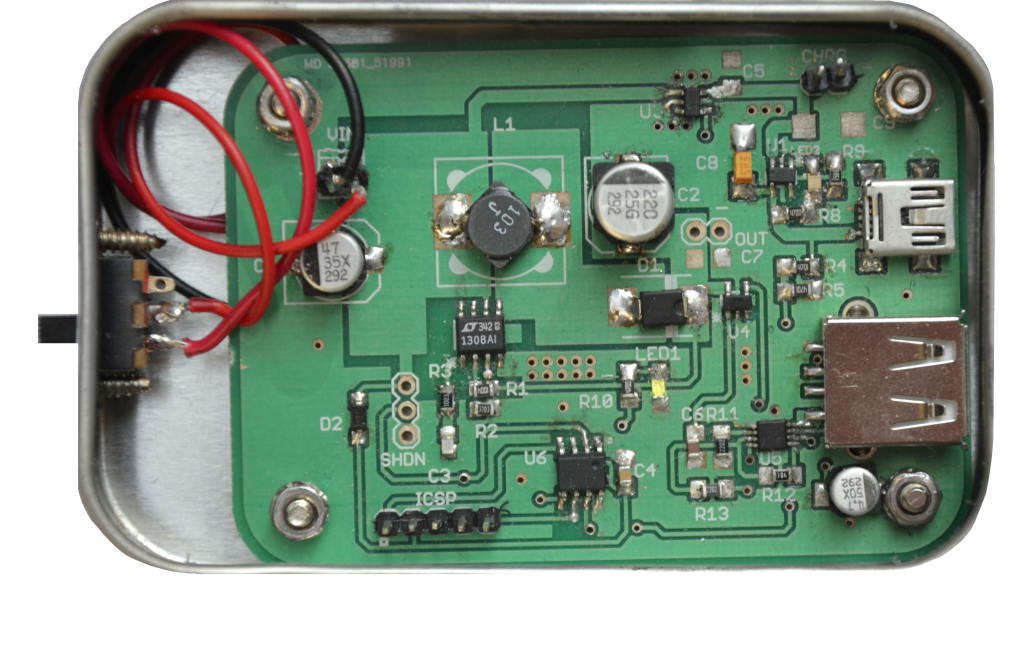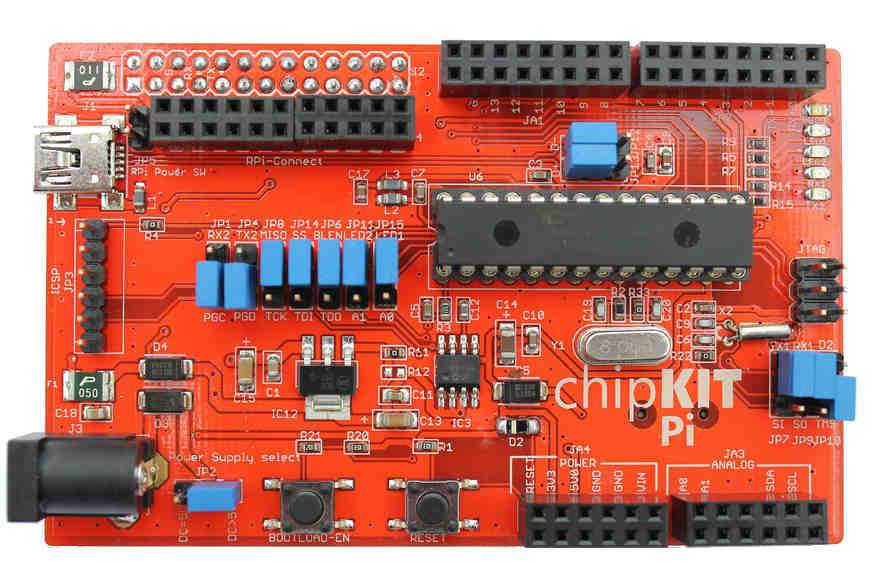 Nowadays almost every electronic gadgets are powered or recharged by a USB port (full size, mini o micro) as well as many of consumer products we use every day, including our smartphone. To recharge or give power to such products, there are many portable rechargers which have a rechargeable lithium battery and the electronics necessary to convert the battery voltage to 5V and to recharge the internal cell. The cost of these smart chargers is very affordable but we’re hardware makers, aren’t we? So why don’t to do it by ourselves to give power to our Raspberry Pi, arduino or Beaglebone black? We’ll show you a possible way to design one of these intelligent portable power supply. Continue reading
Nowadays almost every electronic gadgets are powered or recharged by a USB port (full size, mini o micro) as well as many of consumer products we use every day, including our smartphone. To recharge or give power to such products, there are many portable rechargers which have a rechargeable lithium battery and the electronics necessary to convert the battery voltage to 5V and to recharge the internal cell. The cost of these smart chargers is very affordable but we’re hardware makers, aren’t we? So why don’t to do it by ourselves to give power to our Raspberry Pi, arduino or Beaglebone black? We’ll show you a possible way to design one of these intelligent portable power supply. Continue reading

 Microchip and element14 designed a very useful board which will add more power to your Raspberry Pi. The chipKIT Pi board has been developed in order to allow users to create advanced applications like touch sensing, audio processing and sophisticated control, thanks to the powerful PIC32MX250F128B. The board is compatible with Arduino and can be easily programmed with the free chipKIT™ Multi-Platform IDE (MPIDE) that can be hosted on the Raspberry Pi.
Microchip and element14 designed a very useful board which will add more power to your Raspberry Pi. The chipKIT Pi board has been developed in order to allow users to create advanced applications like touch sensing, audio processing and sophisticated control, thanks to the powerful PIC32MX250F128B. The board is compatible with Arduino and can be easily programmed with the free chipKIT™ Multi-Platform IDE (MPIDE) that can be hosted on the Raspberry Pi. 